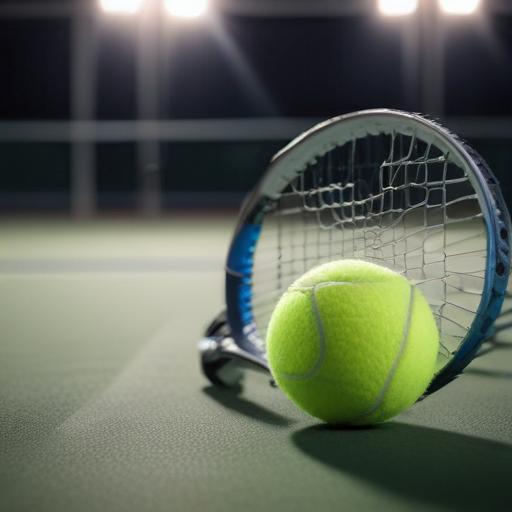US Open atmosphere: players embrace or endure the chaos as crowds roar and New York scents fill the air
New York — For some tennis players, the U.S. Open’s loud, unvarnished energy is part of what makes Flushing Meadows special. Frances Tiafoe, Madison Keys and Ben Shelton are among those who say the louder the better, arguing that they play best when chaos is in the air and the crowd feels part of the show.
That energy flared into a five-minute-plus delay during a first-round match when spectators booed and shouted after a photographer briefly interrupted play by stepping onto the court. Daniil Medvedev, the 2021 champion, didn’t hide his frustration as chair umpire Greg Allensworth ruled on the incident, a moment that highlighted the tournament’s unpredictable mix of showmanship and sport.
“I operate well in chaos,” Tiafoe said, reflecting a mindset that has helped him reach two U.S. Open semifinals. For others, the scene can be harder to absorb. Monica Seles, a former champion, recalled that adjusting to the U.S. Open’s relentless atmosphere isn’t something you can train for—it’s something you learn to live with.
The arc of the Open’s relationship with its wild side isn’t universal. Aryna Sabalenka, who captured the title in 2024, and Marin Cilic, the 2014 champ, initially found the surrounding noise and sensory overload puzzling or overwhelming but eventually found a way to coexist with the mayhem. Petra Kvitova, too, has spoken about growing accustomed to the event’s electric atmosphere.
Wimbledon, by contrast, stands as a quieter counterpoint. Emma Navarro, who reached the Open semifinals last year, described Wimbledon as elegant and elevated, where fans tend to be more restrained. The U.S. Open’s casual, rowdy vibe, she said, is “casually rowdy” by design.
Not everyone has embraced the chaos with the same ease. Adrian Mannarino, into his 15th Open, said he once loved coming here but now sometimes wishes for more concentration amid the noise, the smells and the constant motion. For Casper Ruud, the Open’s atmosphere isn’t the only sensory overload—he has also spoken about New York’s distinctive smells, including the marijuana-laced air that sometimes permeates the streets around the venue.
Some players even find a way to create distance from the chaos by choosing accommodations that keep them anchored. Elisabetta Cocciaretto, who upset Jessica Pegula in Wimbledon this year, said she found it helpful to stay somewhere off the beaten path rather than inside the tournament hotel’s bubble to preserve focus.
The contrasts aren’t just about how loud the crowds are. They touch how players manage travel, rest and routine in a city that never seems to quiet down. The mix of street-food aromas, traffic, enthusiastic fans and the occasional distraction is all part of the Open’s identity, and for many, that identity is inseparable from the competition itself.
The round-the-clock energy of the U.S. Open remains a magnet for players who love competing under intense, unfiltered scrutiny, and for fans who crave the sense that anything can happen on one of tennis’s grandest stages. As the tournament rolls on, players will continue to adapt—some thriving in the roar, others seeking moments of quiet amid the chaos.
Summary: The article surveys how various players respond to the U.S. Open’s famously electric atmosphere, from thriving in chaos to seeking focus away from the noise and smells of New York. It contrasts the Open’s rowdy energy with Wimbledon’s hush and highlights how athletes adjust to the event’s sensory overload, sometimes embracing it and other times finding ways to cope.
Additional value notes:
– The Open’s atmosphere is as much a strategic element as technique, affecting routines, preparation and mental approach.
– For organizers and players, finding a balance between pageantry and focus remains an ongoing conversation, with safety, accessibility and comfort for spectators and participants in mind.
– The mix of elite competition and city ambiance continues to define the U.S. Open as a uniquely American sporting showcase.
Positive note: The energy that drives fan passion and iconic moments at the U.S. Open often fuels standout performances and memorable stories that endure beyond the final ball.
